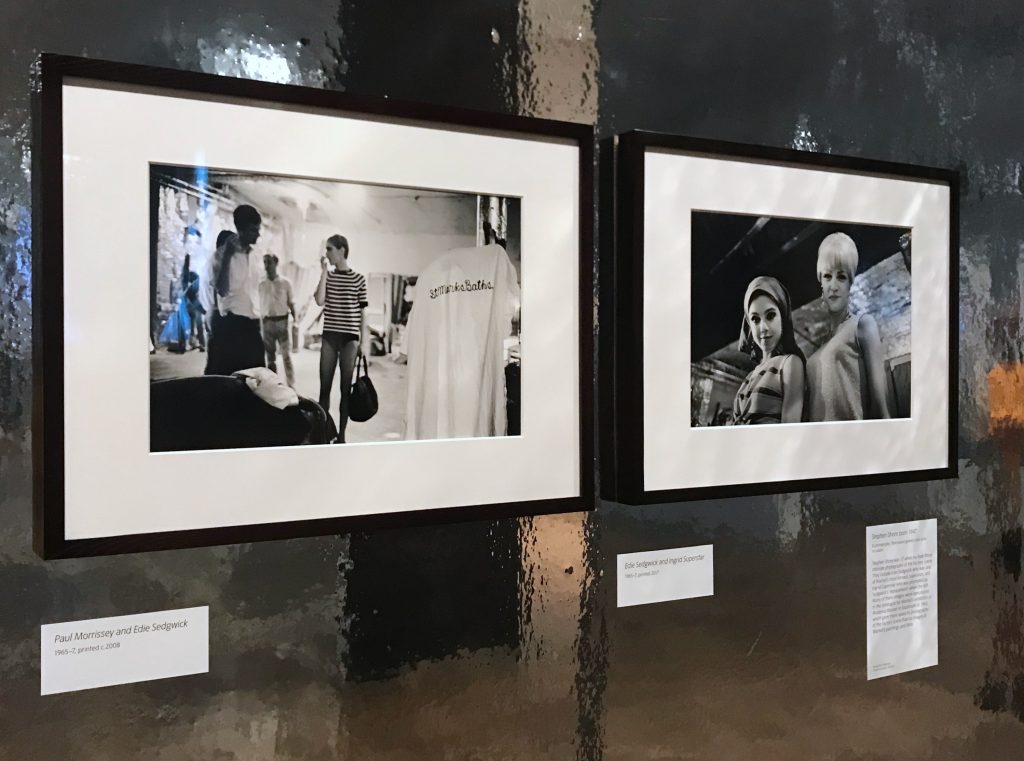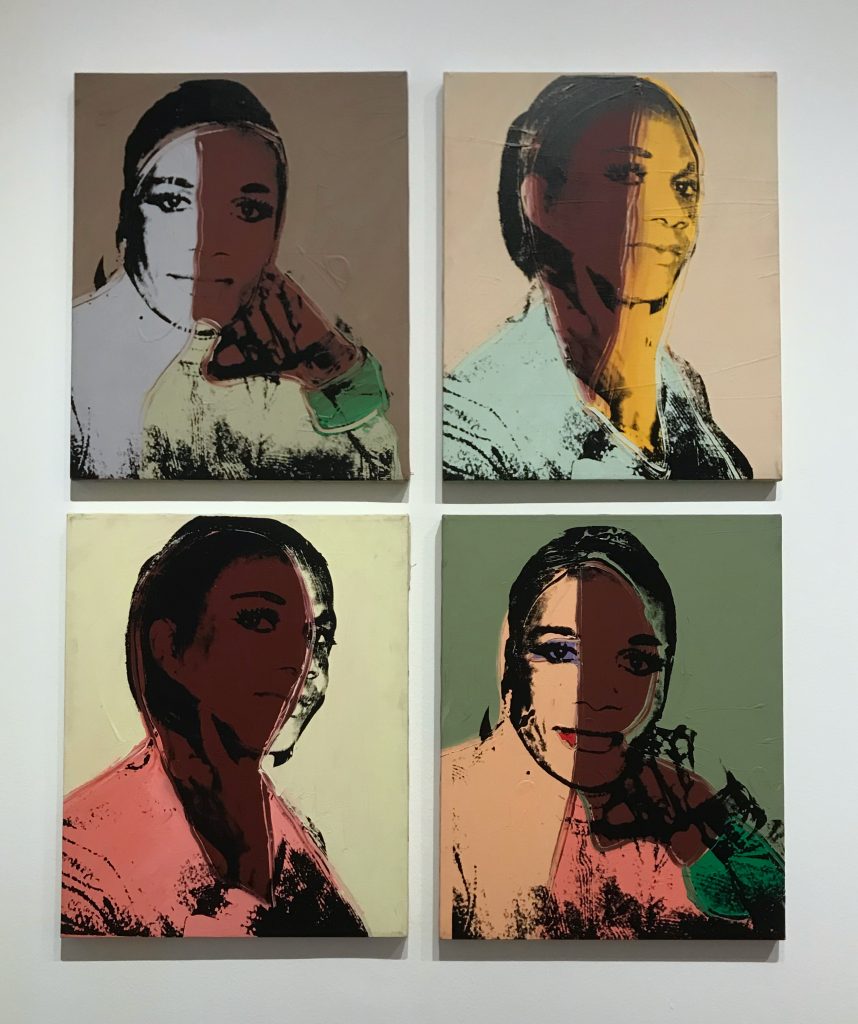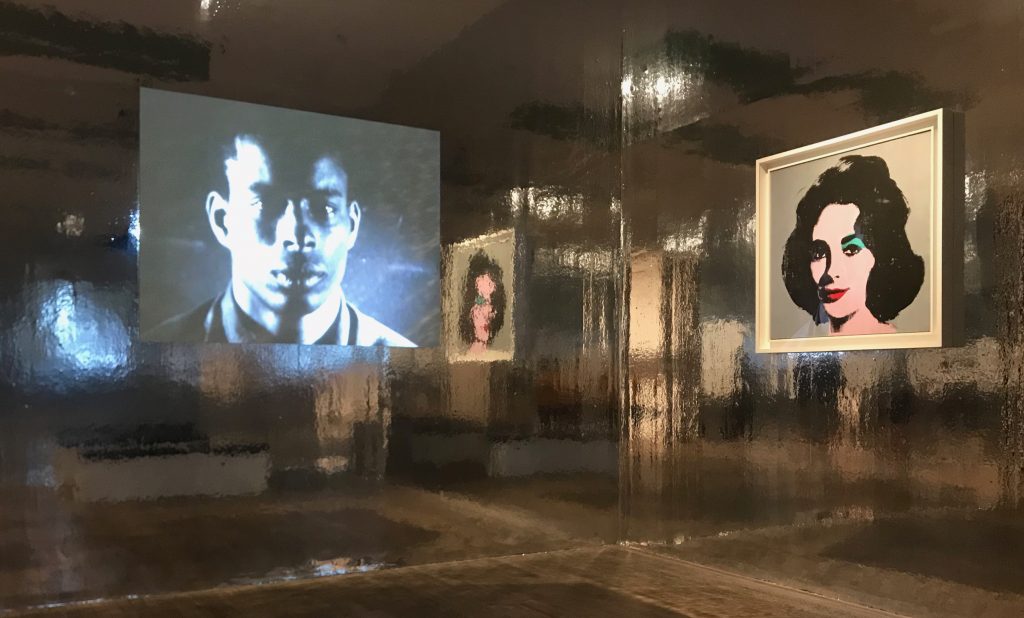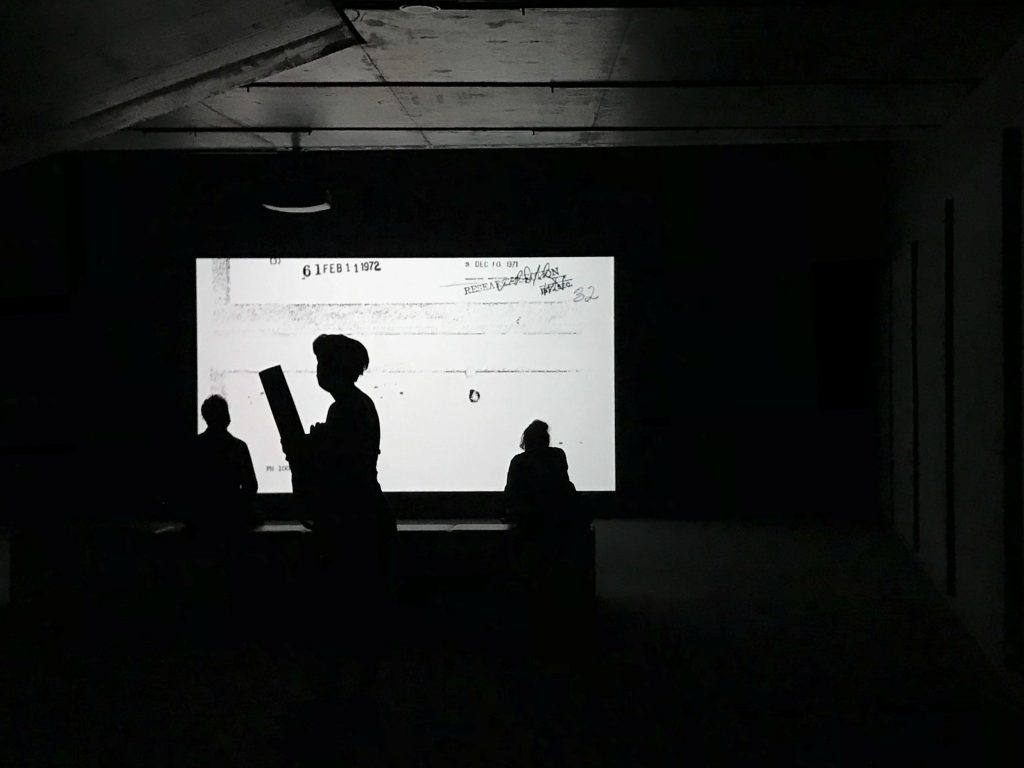Tate Modern, London, 14th August 2020, Andy Warhol and Steve McQueen
My second visit to the Tate post-lockdown. Relatively few people around. The timed entry to the exhibitions appeared to work well, restricting the number of people and allowing plenty of time to engage with the work (particularly important for the longer film pieces by McQueen, which have a specific start time).
The Warhol exhibition presents a wide range of pieces by Warhol alongside photographs, texts and artefacts (Warhol’s wigs, for instance) that document and reflect on the activities surrounding the production of Warhol’s work (for instance, ‘The Factory’) and the development of Warhol as an artist (and, indeed, a work of art in himself). Photography is at the heart of all this work, from the photographic foundations of the iconic screen prints through to documentation of events at The Factory (like Stephen Shore’s 1965-7 monochrome photographs) and portraits of Warhol and collaborators.

Much of the screen printed work starts with informal polaroids, and combines printing and painting (so gets me thinking again about mixed media work). The scale of the work indicates the aspiration to sell to a particular market from the start (a market that can both afford and house large pieces).

With the multiples, the flaws introduced by repeated printing, and varying colour schemes, ensures that, despite the quasi-industrial production process, each piece is unique (maintaining provenance and rarity). The paradox here is that the original polaroid is itself one of a kind. Rendering the image as a silk screen print makes it infinitely (with care) reproducible, but painting on the print, and other treatments, return each incarnation to an individual work.

The value of other photographic images in the exhibition is underwritten by their ability to bear witness to, elucidate and contextualise the myth of the artist and their work.

There were some powerful film pieces in the McQueen exhibition, in particular Western Deep (2002), filmed in the TauTona gold mines in the Witwatersrand Reef near Johannesburg in South Africa. The projection pieces were interesting, especially the film pieces in which the projector was a part of the exhibit.

Overall, however, the gallery didn’t seem like the right context for seeing the pieces as a collection.
